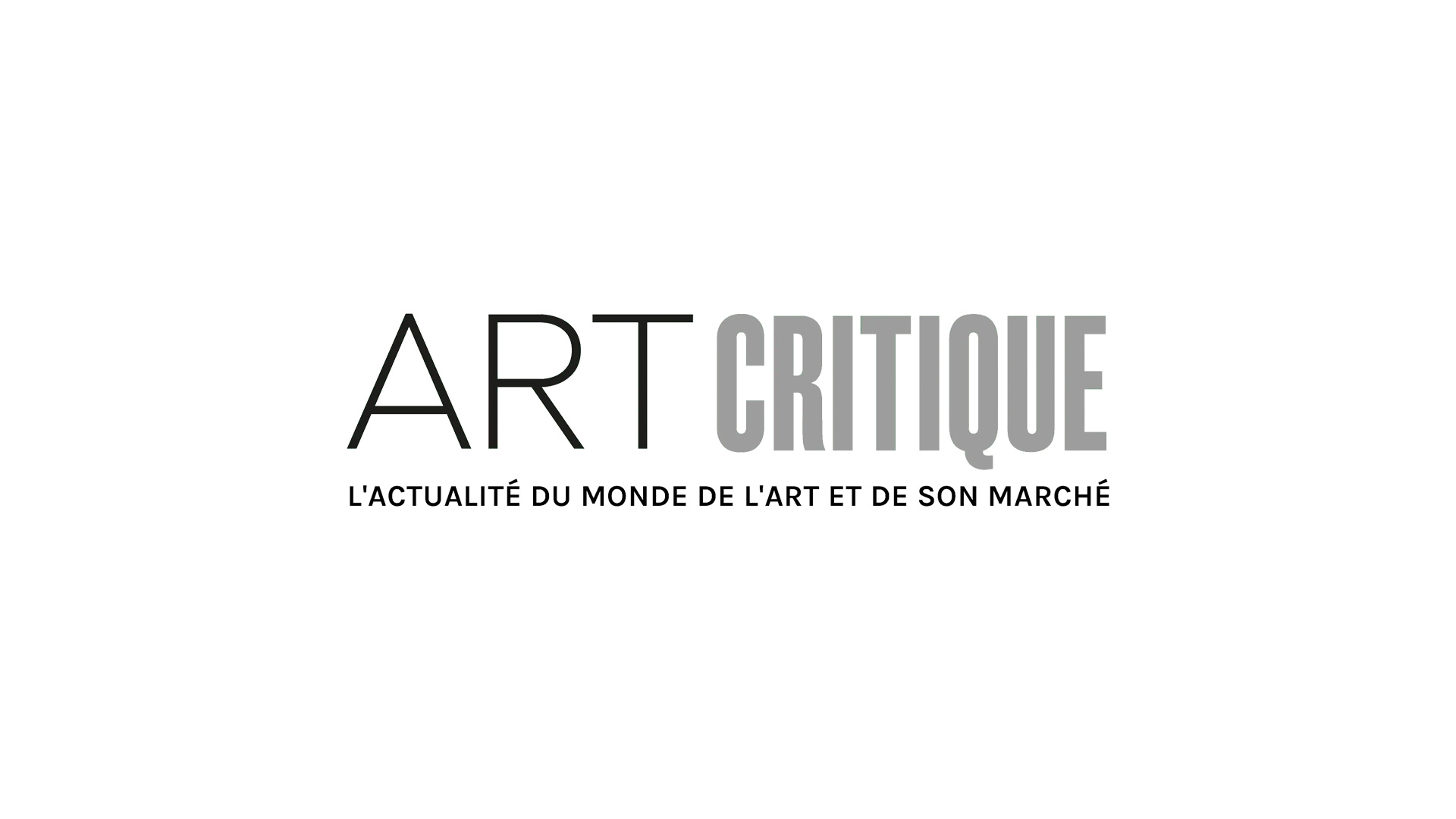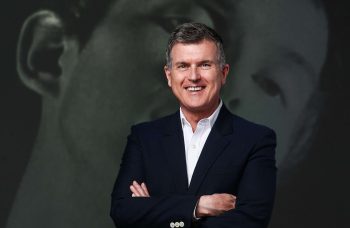A painter, filmmaker, writer, and performance artist and installation artist whose works confronted taboos around the body, gender and sexuality, the performance-art pioneer Carolee Schneemann recently passed at her home in New Paltz, N.Y. at the age of 79 due to breast cancer.
Schneemann began as a painter. In 1961, after completing her master’s degree in painting at the University of Illinois, she moved to New York, where she gravitated toward the emerging downtown performance scene. In her first body action, the groundbreaking series known as “Eye Body – 36 Transformative Actions” in 1963, she incorporated her naked, paint-smeared body with feathers, broken mirrors, old umbrellas and toy snakes into tableaux that were then photographed by the Icelandic artist Erró.
She continued to transform the definition of art and the discourse on the body and sexuality in the early performance entitled Meat Joy (1964), which was described by the artist as “excessive, indulgent, a celebration of flesh as material.” First performed at the American Center in Paris, it brought together eight barely clad dancers writhed and rolled across the floor, rubbing their bodies with wet paint, raw fish, chickens, sausages, plastic, rope, brushes and scraps of paper. Schneemann compared the work to an erotic rite, calling it a “propulsion toward the ecstatic—shifting and turning between tenderness, wilderness, precision, abandon: qualities which could at any moment be sensual, comic, joyous, repellent.” Around the same time, with the New York-based collective known as the Judson Dance Group, of which she was a founding member, Schneemann performed in such works as Site (1964), by conceptual artist Robert Morris, in which he wore a mask made by Jasper Johns and she played the nude model in Manet’s painting Olympia, accompanied by the sound of a jackhammer in the background.
In Fuses (1963-1967), a controversial silent film, she altered sequences of lovemaking between Schneemann and her then partner, composer James Tenney, by staining, burning, and directly drawing on the celluloid itself, combining painting and collage; she was exploring, she said, with a woman’s depiction of her own sexual acts, an alternative to pornography: “I wanted to see if the experience of what I saw would have any correspondence to what I felt– the intimacy of the lovemaking… And I wanted to put into that materiality of film the energies of the body, so that the film itself dissolves and recombines and is transparent and dense…” And in her landmark performance Interior Scroll (1975), she undressed, applied mud to her naked body and, squatting slightly, pulled a long roll of paper from inside her vagina and read from it aloud, defining an important moment in feminist art history: “If you are a woman (and things are not utterly changed) they will almost never believe you really did it … they will patronize you, humor you, try to sleep with you…”
In Up to And Including Her Limits, an eight-hour performance repeated nine times between 1971 and 1976, in which the artist, naked, suspended in a tree surgeon’s harness on a rope, drew with crayons on the surrounding walls. “My entire body becomes the agency of visual traces, vestige of the body’s energy in motion.”





